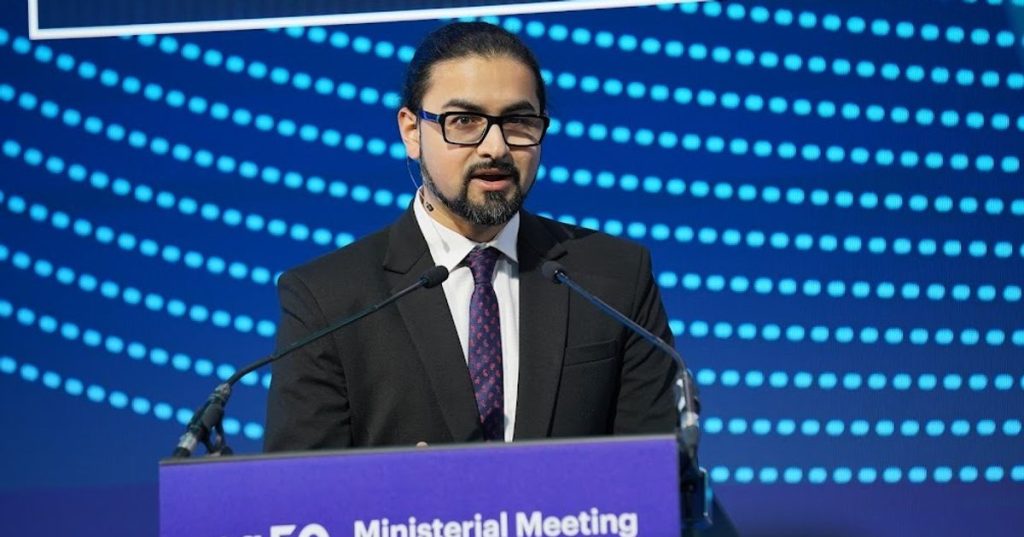In May 2019, the author attended a conference in Jackson Hole, Wyoming, on carbon capture technology, which is seen as a way to reduce the climate impact of burning fossil fuels. The conversations at the conference revealed the complexity of the issue and how carbon capture technology could be a viable solution. Despite initial skepticism, the author learned from experts that carbon capture technology could play a significant role in reducing emissions, especially in heavy industries that are difficult to transition to cleaner energy sources.
The author explores the concept of “Climate Capitalism” in the book, profiling individuals who are making progress on solutions to cut emissions. The book discusses various solutions to combat climate change, including the role of capitalism in driving innovation and change. While capitalism has been criticized for its inequality and concentration of wealth, the author argues that it can be reshaped to address climate change effectively. By highlighting individuals working on climate solutions, the author aims to show that capitalism can be part of the solution to the climate crisis.
Growing up in India, the author witnessed economic growth and development that improved people’s lives. The author contends that capitalism can drive progress and growth, but it needs to be harnessed in a way that benefits society as a whole. While there are criticisms of capitalism, such as its concentration of wealth, the author believes that capitalism can be reformed to address climate change challenges effectively. By examining how capitalism can be reshaped to support climate solutions, the author aims to bridge the gap between economic growth and environmental sustainability.
The author discusses the role of market forces in driving climate solutions, noting that markets provide price signals that can spur innovation and change. However, the author also acknowledges that there are certain areas where market forces may not be sufficient, such as in infrastructure or certain types of climate solutions. The author highlights the need for government intervention and regulation in these areas to ensure that climate solutions are implemented effectively.
The author reflects on the evolution of climate denialism and the challenges in accelerating climate action. While climate denialism has decreased, the author notes that misinformation and disinformation about climate solutions have become more prevalent. The author also identifies the short-term focus that governments and corporations maintain, which can hinder long-term climate planning and action. By addressing these obstacles, the author believes that climate action can be accelerated effectively.
The author explores the intersection of climate action and democracy, highlighting the challenges in bridging the gap between long-term climate planning and short-term economic priorities. The author argues that climate change poses a threat to democracy if left unaddressed, as it can lead to social unrest, migration, and other consequences that undermine democratic systems. By addressing climate change and aligning economic priorities with climate goals, the author believes that democracy can be preserved and strengthened in the face of environmental challenges.


